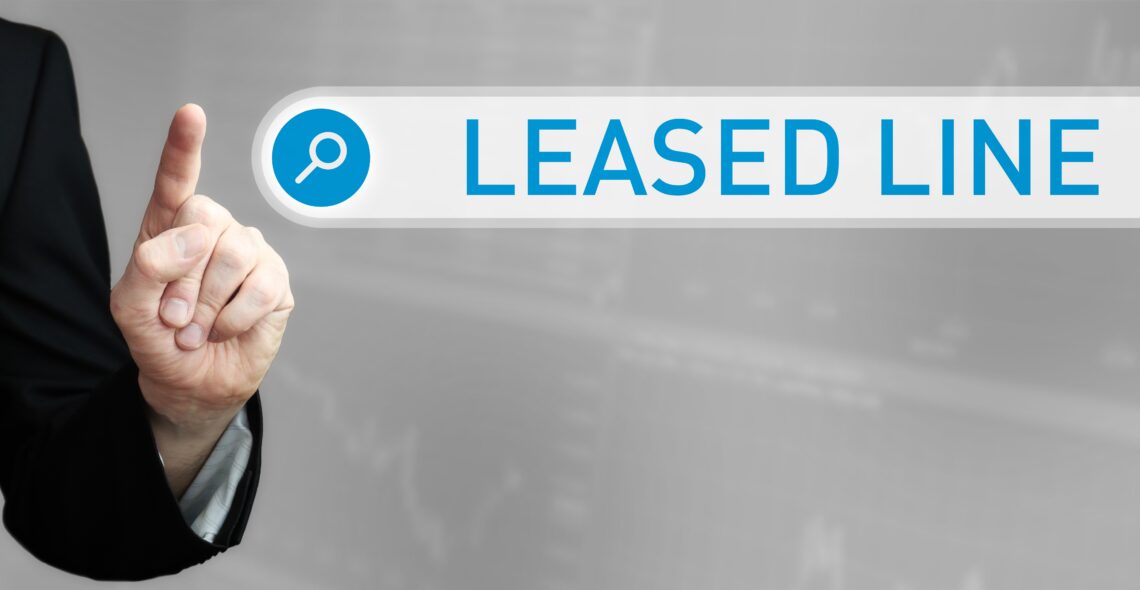Businesses today are nothing without connectivity. Connectivity is the fuel of commerce, powering corporate engines and allowing companies to accelerate forward. Choosing the right connectivity solution is one of the most significant decisions you’ll make. And if you’re currently weighing up the difference between leased line and MPLS options, here’s the detail that will help inform your decision.
In this blog post we’ll:
- Explain what MPLS is and how it works
- Explain what a leased line is
- Explore the differences between MPLS and leased lines
- Compare the benefits of MPLS vs leased lines
- Evaluate which option may be best for your business
What is MPLS and how does it work?
Multi-Protocol Label Switching (MPLS) is a networking technology. It is typically used by businesses and service providers to deliver private networks over shared infrastructure. Unlike other network protocols, which route traffic based on the source and destination addresses, MPLS uses predetermined routes which the network obtains from labels that are attached to the data packets by the network infrastructure.
These labels control the path that each packet follows. Instead of examining the packet itself, decisions are made based on the label, guiding data across a network without having to use complex lookups or find network addresses.
This results in higher traffic speeds and lower latency, which improves performance for applications that are sensitive to data speed or latency changes. Typically, MPLS services, as they are business focused, are also offered with speed guarantees and enhanced SLAs.
MPLS provides dependable connectivity for business-critical applications. It’s a highly reliable method of data transfer, and can use a full mesh network architecture, so there are multiple pathways to every node. This is a sophisticated and comparatively expensive way to build a network, but ensures reliability, even if one pathway fails.
Put simply, MPLS lets users control the network routing, creating paths that work like point-to-point connections while still maintaining flexibility.
What is a leased line?
A leased line, also known as a private connection, provides dedicated internet access between two points, supplied by a provider directly to the customer. Each leased line is exclusive, and there is no sharing of lines between different customers. This ensures a built-in physical separation between every connection.
The main benefit of a leased line is that it is private, so it has a higher level of security. It’s also fast, reliable and resilient, and your speeds won’t be affected by other organisations’ network usage. You’ll enjoy a dedicated, fixed-bandwidth data connection, with guaranteed and identical upload and download speeds.
What is the difference between an MPLS and a leased line?
There are many differences between an MPLS and a leased line, some are subtle and some are considerable. The main fundamental difference is a leased line is a dedicated point to point connection, while an MPLS is a complex private network built across a shared network infrastructure.
Here are the key differences that you need to be aware of when choosing between an MPLS and a leased line.
- Security is higher with a leased line, as there is physical separation of traffic. MPLS relies on shared infrastructure.
- Reliability is higher with a leased line, as they often use fibre cable, come with high-grade hardware and are usually governed by demanding SLAs. With an MPLS, the service reliability is dependent on traffic routing, though network availability is ensured.
- Scalability is faster and easier with MPLS, without expensive hardware requirements. Leased lines are difficult to scale up, due to high cost and longer timescales associated with a dedicated fixed-bandwidth data connection.
- High complexity businesses with operations distributed across many locations, will find that MPLS is better suited to them. The technology provides point-to-point and one-to-many connectivity, whereas leased lines are limited to point-to-point only.
- Costs are typically lower with MPLS than leased lines. That’s because, with a leased line you’re getting a dedicated connection that can only be used by your organisation.
Which is best for my business, an MPLS or a leased line?
When you’re comparing the differences between MPLS vs leased line and wondering what’s right for you, the differences that we’ve highlighted above will help.
If your business is a large enterprise with multiple sites spread across a large area, then you should consider MPLS. Furthermore, if you’re operating within a fast-growing organisation and you expect to open new sites in the future, MPLS will give you the flexibility you’ll require. Despite having a high level of security, due to logical separation of traffic, MPLS is still less secure than a leased line.
As a leased line is installed directly between two points, it’s a reliable way to transfer data between sites at speed. There’s also less of a security risk when compared with MPLS, as you never have to share your connection with anyone else, and your bandwidth is guaranteed, too.
So, if your business is unlikely to rapidly scale up across multiple sites over the mid-term, a leased line is your best option. It provides fast, reliable and secure connectivity both on site and to homeworking employees, and it’s very unlikely to let you down.
Seeking a leased line solution?
Every business has its own individual needs and requirements. If a leased line seems like the right solution for you, contact our experts to explore your options in more detail. If you’re still unsure whether your business requires MPLS or leased line connectivity, get in touch and we’d be happy to discuss.






